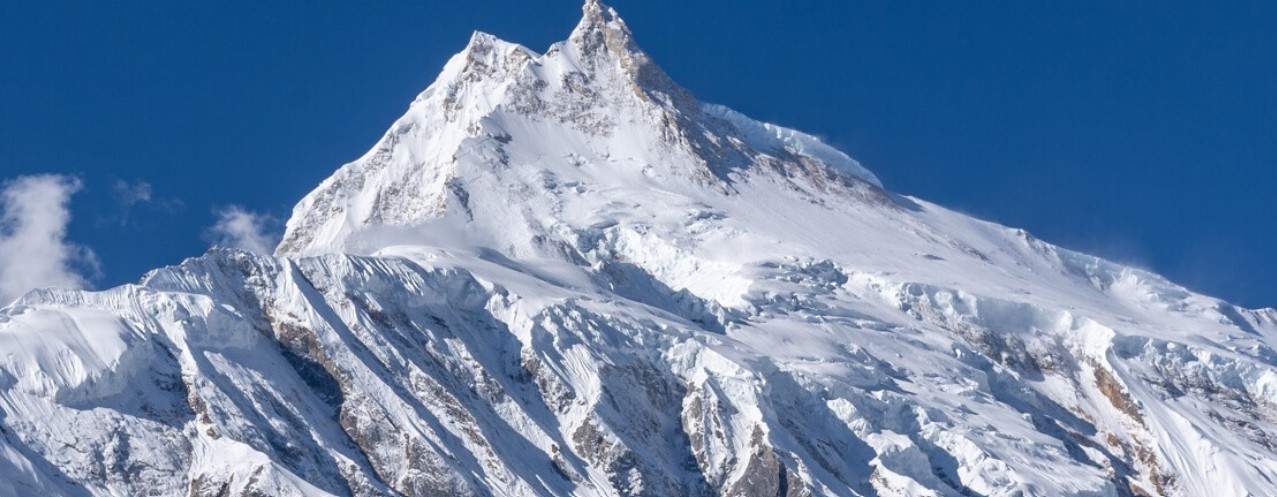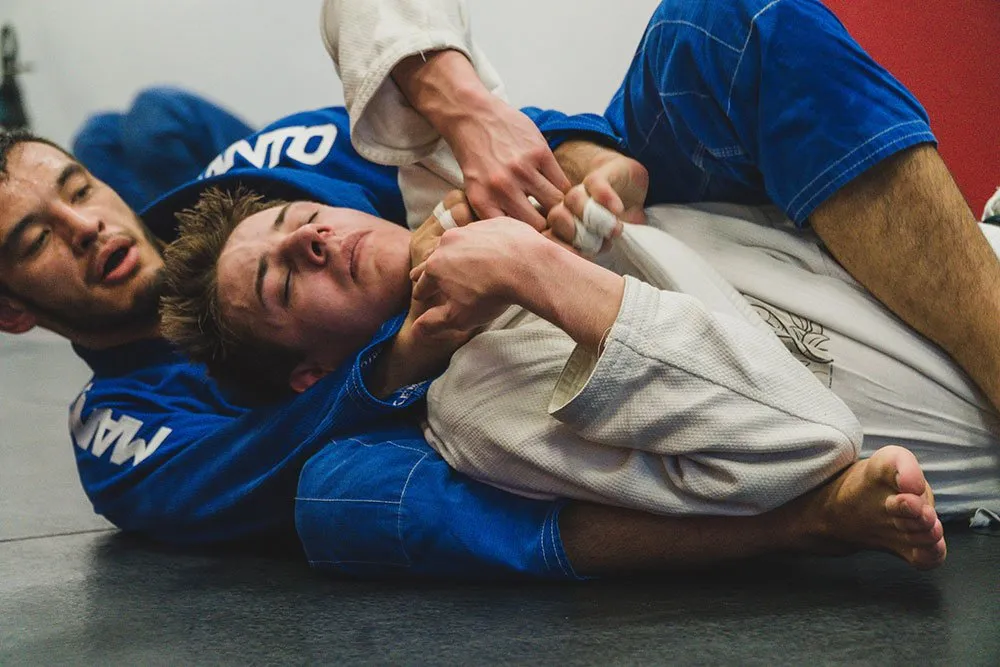If you’re someone who dreams of trekking in Nepal but feels overwhelmed by the crowd or cost of the Everest Base Camp Trekking experience, you’re not alone. That’s where Pikey Peak Trekking comes in—a hidden gem with jaw-dropping views of Everest, peaceful trails, and authentic local encounters.
Let’s explore what makes Pikey Peak special, how it compares to the famous Everest Base Camp Trekking, and why it could be your next big adventure.
What Is Pikey Peak Trekking, and Why Should You Try It?
Pikey Peak is a lesser-known viewpoint in the Solu region of Nepal. Standing at 4,065 meters (13,336 ft), it offers one of the best panoramic views of the Himalayas—yes, even including Mount Everest.
Here’s why more trekkers are choosing Pikey Peak Trekking over other treks:
-
Fewer crowds: You won’t be bumping elbows with hundreds of hikers.
-
Authentic cultural experience: You’ll pass through traditional Sherpa and Rai villages untouched by mass tourism.
-
Budget-friendly: It’s more affordable than Everest Base Camp Trekking in terms of permits, food, and lodging.
-
Short duration: The trek can be done in 5–7 days, making it ideal for those with limited time.
Where Is Pikey Peak and How Do You Get There?
Pikey Peak lies in the lower Everest region, part of the Solukhumbu district. Instead of flying to Lukla (which is common for Everest Base Camp Trekking), most people drive to Dhap or Jiri to start the trek. The drive takes around 8–10 hours from Kathmandu and gives you a chance to see more of rural Nepal.
Once the trek starts, you’ll walk through thick rhododendron forests, Buddhist monasteries, grazing yaks, and wide open ridgelines with views stretching from Dhaulagiri to Kanchenjunga.
How Does Pikey Peak Trekking Compare to Everest Base Camp Trekking?
While Everest Base Camp Trekking is a bucket-list adventure, it’s not for everyone. Here’s how the two differ:
-
Altitude: Everest Base Camp is 5,364 meters; Pikey Peak is 4,065 meters. That means less risk of altitude sickness on Pikey Peak Trekking.
-
Duration: Everest Base Camp Trekking typically takes 12–14 days; Pikey Peak can be done in 5–7 days.
-
Crowds: Everest Base Camp is busy all year round; Pikey Peak is peaceful and quiet.
-
Cost: From flights to gear, Everest Base Camp is more expensive. Pikey Peak offers a more economical alternative.
If you’re a beginner, short on time, or prefer a more peaceful walk, Pikey Peak Trekking could be your ideal choice.
What’s the Best Time for Pikey Peak Trekking?
The best seasons are:
-
Spring (March to May): You’ll see blooming rhododendrons, clear skies, and mild temperatures.
-
Autumn (September to November): The weather is dry and visibility is excellent.
Avoid the monsoon (June to August) unless you’re a fan of slippery trails and leeches. Winter can also be tricky due to snowfall, but if you’re well-prepared, it’s a magical experience.
What Should You Pack for Pikey Peak Trekking?
Packing light but smart is key. Here’s a quick rundown of what you should carry:
-
Layered clothing (base layer, fleece, down jacket, waterproof outer shell)
-
Warm hat and gloves
-
Comfortable hiking boots
-
Sunglasses and sunscreen
-
Water bottle with purifier or tablets
-
Headlamp
-
Sleeping bag (depending on lodge facilities)
-
Trekking poles (optional but helpful on steep trails)
Remember, it’s not as cold or high as Everest Base Camp Trekking, so you won’t need extreme cold gear.
Where Do You Sleep and Eat on the Trek?
Pikey Peak Trekking offers teahouse accommodation in local villages. These are basic lodges run by families, and they provide:
-
A bed with a blanket (you might want to bring a sleeping bag for added warmth)
-
Simple meals like dal bhat (rice and lentils), noodles, or Tibetan bread
-
Hot drinks like ginger tea or milk tea
The hospitality is warm and welcoming, and you’ll get a glimpse into daily life in the Himalayas.
Tips to Make Your Pikey Peak Trekking Adventure Smoother
Here are a few friendly tips that will make your journey enjoyable and stress-free:
-
Train a bit beforehand: Try walking or hiking a few hours a week before the trip.
-
Stay hydrated: Drink plenty of water, even if you don’t feel thirsty.
-
Take your time: Don’t rush; enjoy the views and the culture.
-
Bring cash: There are no ATMs in the villages.
-
Be respectful: Learn a few Nepali words, dress modestly, and ask before taking photos.
Why Pikey Peak Is Great for First-Time Trekkers
Many people think that trekking in Nepal means long, difficult days and high altitude. Pikey Peak Trekking changes that idea. It’s accessible, doable, and offers experiences that rival Everest Base Camp Trekking—but with less effort.
Whether you’re a student on a gap year, a solo traveler, or someone just trying hiking for the first time, Pikey Peak will treat you well.
Final Thoughts: Pikey Peak vs Everest Base Camp—Which One Should You Choose?
Both treks offer something special:
-
Everest Base Camp Trekking gives you the satisfaction of reaching the foot of the world’s tallest mountain, with its own dramatic beauty and historic charm.
-
Pikey Peak Trekking offers quieter trails, budget-friendly adventure, and arguably better panoramic views of the Himalayas, including Everest itself.
If you’re unsure or tight on time and money, starting with Pikey Peak is a fantastic idea. Who knows? It might inspire you to do the Everest Base Camp Trekking next time!



